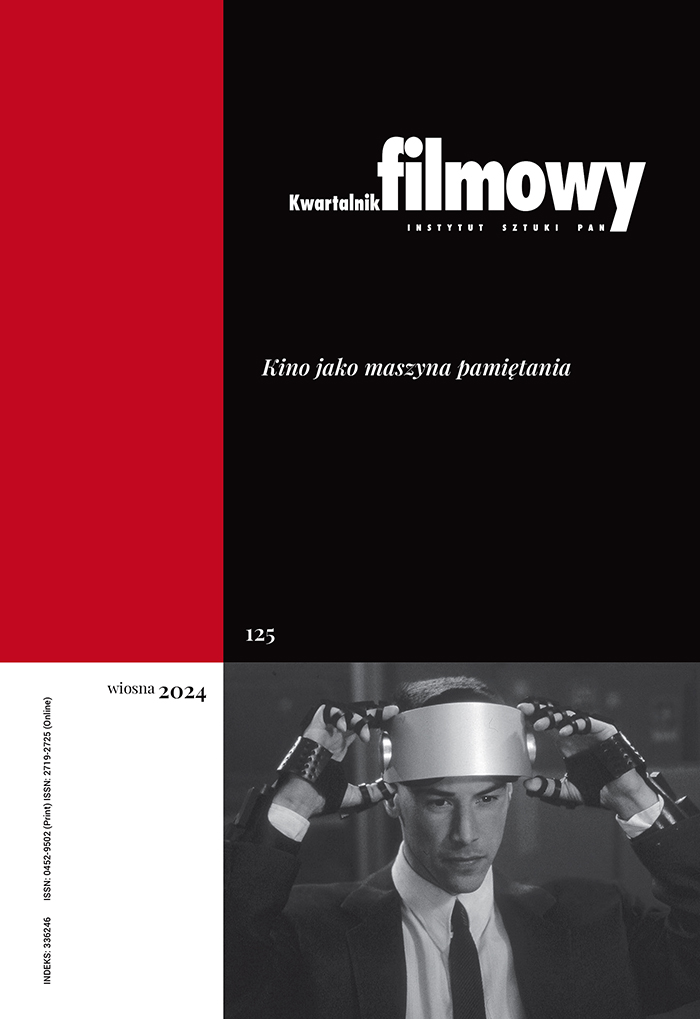Faust’s Wanderings
Faust’s Wanderings
Author(s): Aleksander JackiewiczSubject(s): Film / Cinema / Cinematography, Sociology of Art, History of Art
Published by: Instytut Sztuki Polskiej Akademii Nauk
Keywords: Faust; Johann Wolfgang Goethe; René Clair; satan; archetype;
Summary/Abstract: The figure of Faust, along with the motif of the desire forknowledge, self-knowledge and eternal youth, and finallyconfrontation with evil personified by Satan, belongs to thearchetypes of European culture. The author traces Faust’sjourney from the turn of the 15th and 16th centuries, when heemerged as a historical figure and became the hero of folklegend, to the present day. At the end of the 16th century, theFrankfurt printer Johann Spiess dedicated a book to him,which became extremely popular. Then Christopher Mar-lowe and Johann Wolfgang Goethe wrote about him, andfinally Thomas Mann. Jackiewicz describes the transfor-mations of this figure in the context of historical and cul-tural conditions. He is also interested in how Faust wasadapted to film art, first in the silent era (by Louis Lumiére,Georges Méliès and Friedrich Wilhelm Murnau), and tothe researcher’s contemporary times. He devotes a lot ofspace to the analysis of René Clair’s film Beauty of the Devil(La beauté du diable, 1950). He compares Clair’s vision withliterary prototypes, but above all, he places him in thefield of the French humanistic tradition, as well as in rela-tion to Jean Marcenac’s novella.
Journal: Kwartalnik Filmowy
- Issue Year: 2024
- Issue No: 125
- Page Range: 206-231
- Page Count: 26
- Language: English

